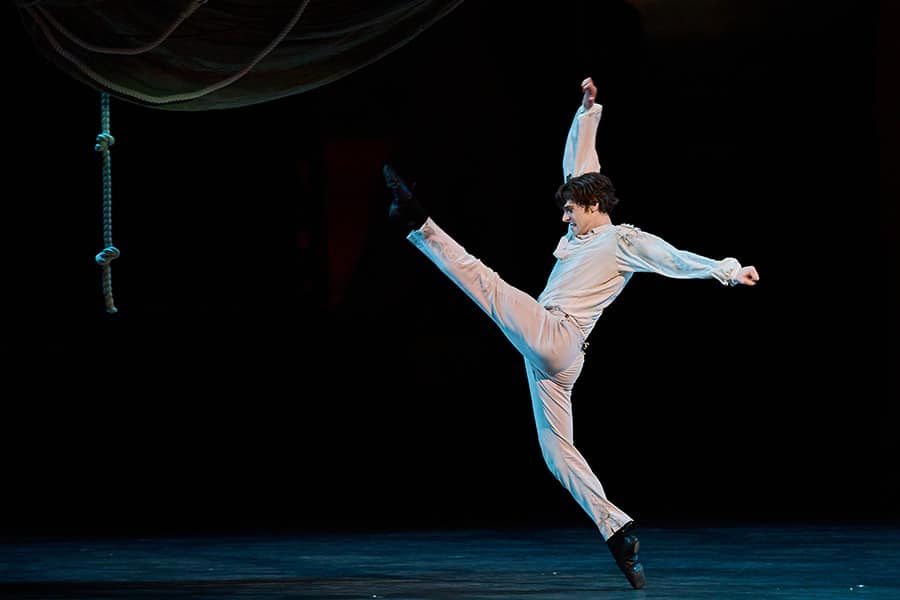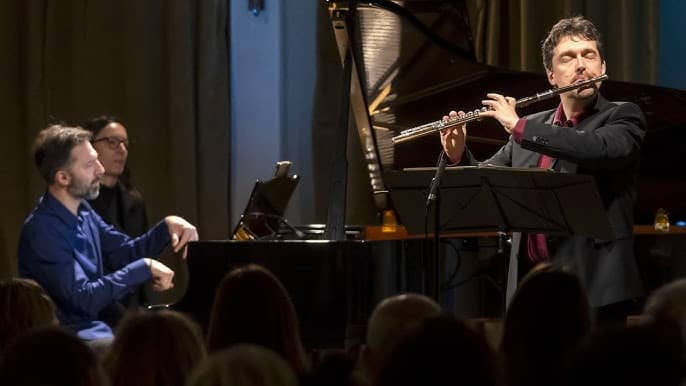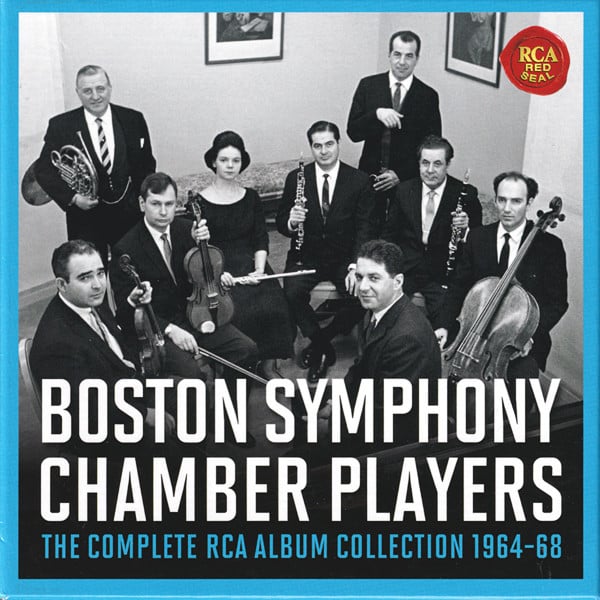Lance Ryan: No audience does hate better than Bayreuth
mainThe Canadian tenor, Bayreuth’s current Siegfried, sounds off in a German interview here.

The Canadian tenor, Bayreuth’s current Siegfried, sounds off in a German interview here.

The press service of the Mariinsky Theater has…

From the general manager’s self-admiring Sunday sermon in…

From the French magazine le canard enchainé, under…

The death has been announced, aged 94, of…

Session expired
Please log in again. The login page will open in a new tab. After logging in you can close it and return to this page.
How extraordinary for any singer to say, “I’m not here to get the approval of the audience!”
I don’t think it’s any stranger than that shibboleth of the TV reality shows, “I’m not here to make friends.” You don’t make artistic choices to make the audience like you; rather you make artistic choices because you believe that’s the true and honest way to (for example) play a scene. It’s up to the audience to meet you halfway if they can.
This might not be true in a less specialist theater than Bayreuth, but the understanding there is that what is put on stage is going to be at least challenging and more often than not downright abstruse. So I get what Ryan is saying: he’s there to make art, and it’s the audience’s job to figure it out.
“You don’t make artistic choices to make the audience like you; rather you make artistic choices because you believe that’s the true and honest way to (for example) play a scene. It’s up to the audience to meet you halfway if they can.”
Up to a point. The audience has the right to like or dislike if they so wish: and if they dislike, to vote with their feet.
An artist’s business is to *entertain*. It may be old favourites, it may be something new that they’ve never heard or seen before, but if it isn’t entertaining, I would expect listeners to my own performances to show me the door – and as a listener to others, I would do the same.
One may go along with public taste, and risk boring them with more of the same when they want something new: one may try to change public taste, and risk finding that it just doesn’t work: but if it doesn’t work, for either reason, it isn’t always the public that are to blame.
“Aber ich habe noch nie ein Publikum erlebt mit so viel Hass, so viel Wut und so viel Rache.”
This translates as: “But I have never experienced a public with so much hate, so much rage, and so much revenge.” Why would that be? Is this something about the current Ring production? Or about Wagner and Bayreuth? Or might there be causes found in a larger historical context?
Bayreuth audiences are historically extremely passionate. After a great performance, the cheering can go on for nearly an hour, and after one they judge to be dreadful, the booing and whistling can go on just as long. My take is that, in general, the member of the audience regard the performance of Wagner operas as an extremely serious and important undertaking, and, as such, they care very deeply.
Wagner himself in his writings points out that in an “ideal” theater (he used ancient Greece as an example) the participation of the audience was as important as any other aspect of the performance; or, to put it another way, a truly great theatrical experience is a collaboration between performers and spectators.
A friend who attended Bayreuth for the first time a couple of summers ago said that the word that best suited the experience was “serious,” not in the sense of gloomy or sad, but rather in a lack of frivolity, a sense that what was happening there was of great moment.
It’s a shocking thought, but audiences might actually be more interested in the creative ideas of Wagner than those of stage directors and administrators.
If these audiences are attending Bayreuth, then they must be frighteningly ignorant of history, because that theater has been dominated by “stage directors and administrators” since 1884.
Really? I thought Wagner’s music dominates everything there. Directors come and go, his music is there to stay.
It may sound like the most utter science fiction to canary fanciers like yourself, but at Bayreuth drama has always been treated as the equal of music, which was, after all, “the creator’s intention.” Wagner was as much producer as he was composer, and his successors in the role of artistic director of the Festival have all been administrators and producers. (Siegfried Wagner was a conductor as well.)
Can anybody tell me who the Brünnhilde in this video is?
Wagner’s half-baked notions about the ancient Greeks followed along the lines of 19th century Bavarian nationalism. By the circuitous routes of history, the elder Ludwig’s second son Otto becoming the King of Greece. Bavarians saw themselves as upholding the ancient lineages of Athens. Bavaria was thus filled with many Greek style monuments, one of the most notable being the Glyptothek in Munich. See:
http://en.wikipedia.org/wiki/Glyptothek
Pompous neo-classical architecture became an expression of national power and cultural superiority, especially as seen in many Nazi edifices. And apropos our recent discussions, this led to some very curious correlations with the architecture of the Met, which readers can see here:
http://www.osborne-conant.org/Met-Nuremberg.htm
Bavaria even went so far as to build a Walhalla — and of course, in the style of the ancient Greeks:
http://en.wikipedia.org/wiki/Walhalla_memorial
Wagner had a sort of intellectual tic that prevented him from presenting his theories as original ideas: with him everything had to be a “revival” of some ancient practice. Whether the Greeks did it or not, though, the idea of a theatrical performance as a communal, celebratory event is a very powerful one — particularly in contrast the bourgeois frivolity that generally informed opera performances of the mid-19th century.
And most specifically, an ancient Germanic practice — or according to a Bavarian worldview, a manifestation of an ancient Greco-Germanic form of cultural superiority. The influence of these ideas on Hitler have still not been adequately explored, perhaps out of sheer distaste.
Of course pompous neo-classicism wasn’t limited to Bavaria, as the rather ridiculous architecture and monuments of Washington D.C. illustrate.
Pompous neo-classicism was a sign of its time anywhere where Imperial nationalistic egos needed megalomanic architectural representation. Washington D.C., London, Paris are full of it. Actually the Germans were baking “kleine Brötchen” in that regard.
Partially true, but still a different sensibility in Bavaria because those other regions did not have the “King of Greece” connection shaping their cultural perspectives. And one only need look at Hitler’s plans for Berlin to see what they would have done if they had won the war. According to Albert Speer, the name of the city would probably have been changed to Welthauptstadt Germania. Plans were already made for neo-claissical structures that would have dwarfed anything esle in the world. See:
http://en.wikipedia.org/wiki/Welthauptstadt_Germania
From a larger cultural perspective, all of this says more about the sensibility behind the Met’s architecture than we would like to admit….
I suppose it is Jennifer Wilson….no?
Yes, it is Jennifer Wilson in the DVD of the Valencia Ring (see the thread about Helga Schmidt).
By far the most violent audience reaction I have experienced was at Bayreuth in the 90’s when Wolfgang Wagner appeared after a Levine Ring.The audience turned on a sixpence having cheered Levine and the orchestra and strongly booed Wagner for 10 minutes.He stood and smiled.Given W.Wagner’s distinguished profile,it felt like the audience was booing a combination of Liszt and R.Wagner.
So we see that the hostility Katharina faces is nothing new, and perhaps something of a family tradition. In much of Europe, the idea of the artist as provocateur is widely accepted — like your amusing description of Wolfgang basking in 0 minutes of passionate boos. In America, by contrast, the artist-provocateur is someone to be silenced. Examples range from the Met’s HD broadcasts of Klinghofer to the photographs of Maplethorpe to the countless artists crushed by McCarthyism to the destroyed murals of Diego Rivera.
Sorry, that should read “10 minutes.”
It is indeed sad that the Met allowed itself to being bullied by fanatics into cancelling the worldwide cinema broadcast of Death of Klinghofer. Barenboim has experienced similar. In the Met’s case, money talks, obviously.